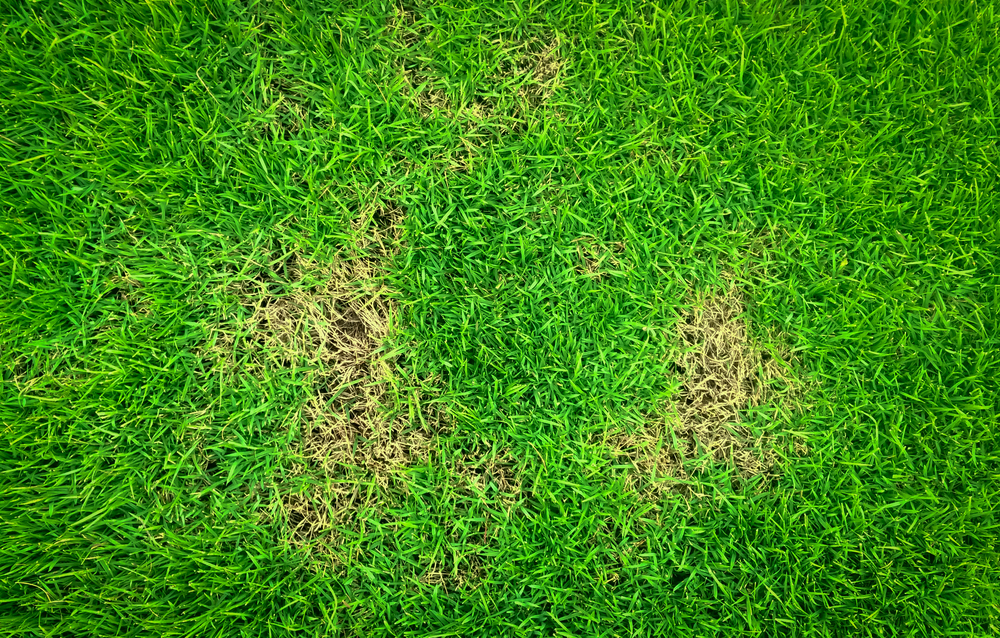Common Lawn Diseases and How to Prevent Them

A lush, green lawn is often the pride of homeowners, but maintaining its health requires more than regular watering and mowing. Lawns are susceptible to various diseases caused by fungi, bacteria, and environmental stressors. Identifying these diseases early and taking preventive measures can help ensure your lawn remains vibrant and healthy year-round.
Identifying Common Lawn Diseases
1. Brown Patch
Brown patch is a fungal disease that appears as large, irregularly shaped patches of brown grass. It is most prevalent during warm, humid weather and can quickly spread throughout the lawn if not treated promptly. The affected grass may have a dark brown border with lighter brown or grayish centers.
2. Dollar Spot
Dollar spot is another fungal disease characterized by small, circular patches of bleached-out or straw-colored grass. These patches are typically the size of a silver dollar, hence the name. Dollar spot thrives in warm, humid conditions but can also occur during cool, damp weather.
3. Powdery Mildew
Powdery mildew appears as white or grayish powdery patches on the grass blades, usually in shady areas with poor air circulation. This fungal disease does not require water to spread and can develop during periods of high humidity and moderate temperatures.
4. Red Thread
Red thread is a fungal disease that causes irregular patches of reddish-brown grass, giving the lawn a thread-like appearance. It thrives in cool, moist conditions and often appears in late spring or early fall when temperatures are mild.
5. Fairy Ring
Fairy ring is a fungal disease characterized by rings or arcs of dark green or dead grass. It is caused by fungi that grow in a circular pattern beneath the soil surface. Fairy rings can vary in size and may be accompanied by the growth of mushrooms or puffballs.
6. Rust
Rust appears as yellow or orange powder-like pustules on the grass blades. It is caused by fungal spores and thrives in humid conditions with poor air circulation. Rust-infected grass may become thin and weak, making it more susceptible to other diseases and environmental stressors.
Preventing Lawn Diseases
1. Choose the Right Grass
Selecting grass varieties that are well-suited to your climate and soil type can help prevent diseases. Some grass species and cultivars are more resistant to specific diseases, so research which types thrive in your region.
2. Improve Soil Quality
Healthy soil promotes strong grass growth and improves disease resistance. Conduct a soil test to determine nutrient levels and pH balance. Amend the soil as needed with organic matter such as compost or aged manure to enhance soil structure and fertility.
3. Mow Properly
Maintain the proper mowing height for your grass type to encourage strong root development and reduce stress. Avoid cutting more than one-third of the grass blade in a single mowing session to prevent shock and vulnerability to diseases.
4. Water Wisely
Water deeply and infrequently to encourage deep root growth and reduce surface moisture that can promote disease development. Water early in the morning to allow the grass foliage to dry quickly, minimizing the risk of fungal growth.
5. Improve Air Circulation
Prune overhanging branches and thin out dense vegetation to improve air circulation throughout the lawn. Good airflow helps reduce humidity levels and minimizes conditions favorable for fungal diseases like powdery mildew and dollar spot.
6. Avoid Overfertilization
Apply fertilizers according to soil test recommendations and avoid overfertilizing, especially with nitrogen-rich fertilizers. Excessive nitrogen can stimulate lush, succulent growth that is more susceptible to diseases like brown patch and dollar spot.
7. Control Thatch
Thatch buildup can harbor fungal spores and create a barrier that prevents water and nutrients from reaching the grass roots. Dethatch the lawn as needed to maintain a thin layer of organic matter and promote a healthy growing environment.
8. Practice Proper Weed Control
Weeds compete with grass for nutrients and water, weakening the lawn and making it more vulnerable to diseases. Use integrated pest management techniques to control weeds without relying solely on herbicides, which can also stress the grass.
9. Monitor and Treat Early
Regularly inspect your lawn for signs of disease, such as discolored patches or unusual growth patterns. Early detection allows for prompt treatment with fungicides or other appropriate remedies to prevent the disease from spreading.
Conclusion
Maintaining a healthy lawn involves proactive care and vigilance against common diseases that can threaten its vitality. By understanding the symptoms and causes of these diseases and implementing preventive measures, homeowners can enjoy a lush, disease-free lawn throughout the growing season. Remember to choose appropriate grass varieties, improve soil health, practice good lawn maintenance habits, and monitor for signs of disease to ensure your lawn remains a source of pride and beauty.
Need Landscapers in Upstate NY?
Welcome to Rand Hill Lawns, Inc.! We are a family-owned and -operated business that has served the Plattsburgh community since 1986. We are your go-to lawn care consultants! Whether you need landscaping, snow removal, excavating, paving, tree removal, stump removal, or fertilizer, we can do it all. We will not stop working until we get the job done for you! We are licensed and have 30 years of experience in lawn care services. Contact us today for a free estimate!
Categorised in: Lawn Care Tips
